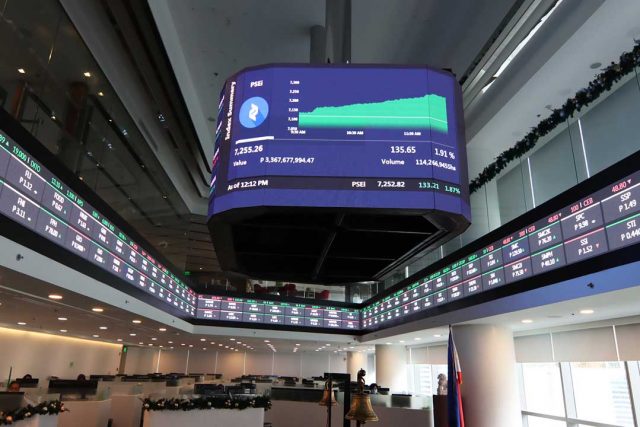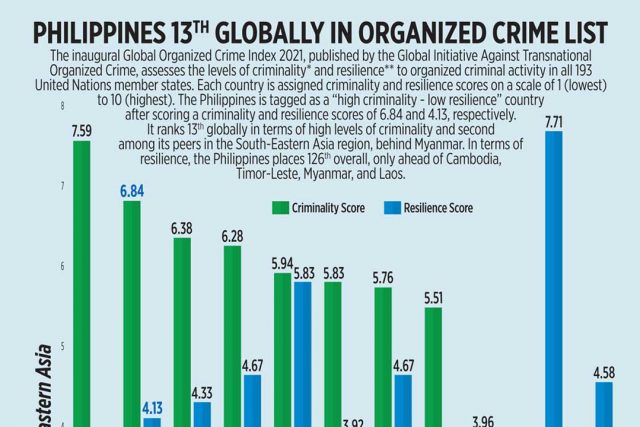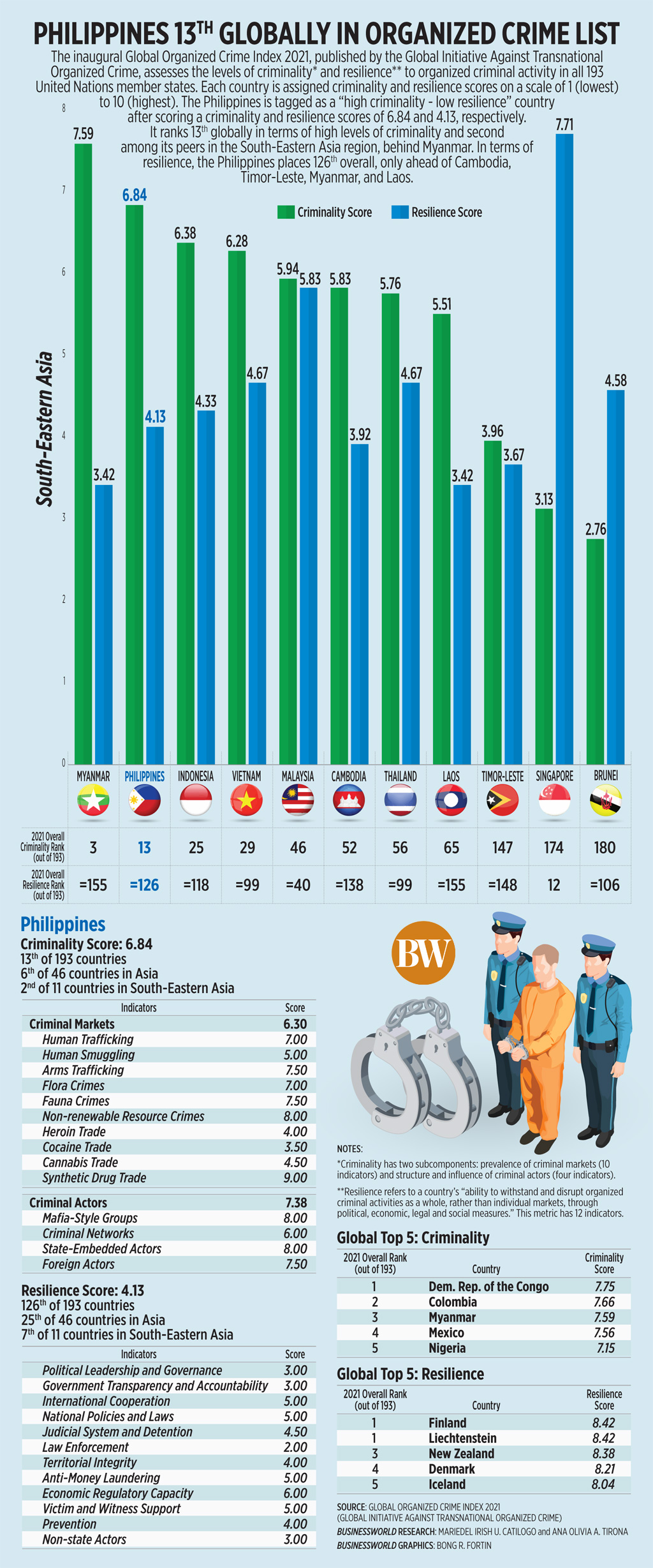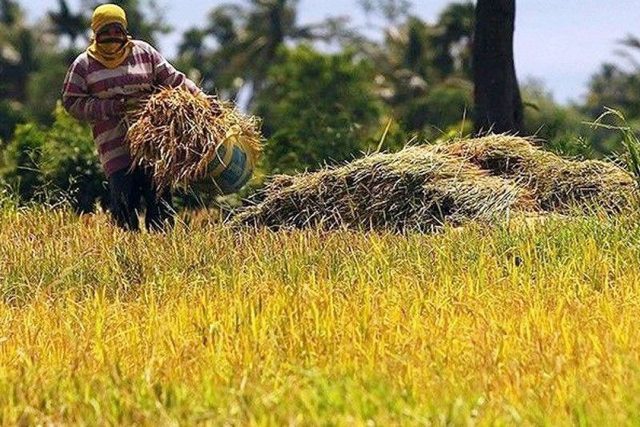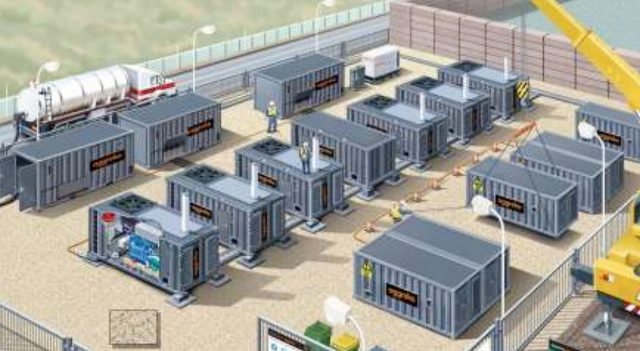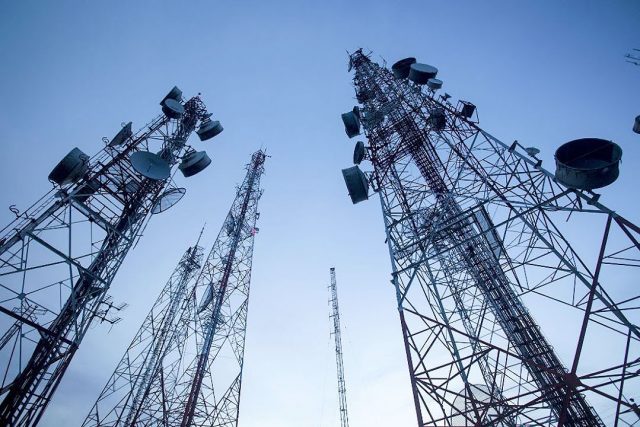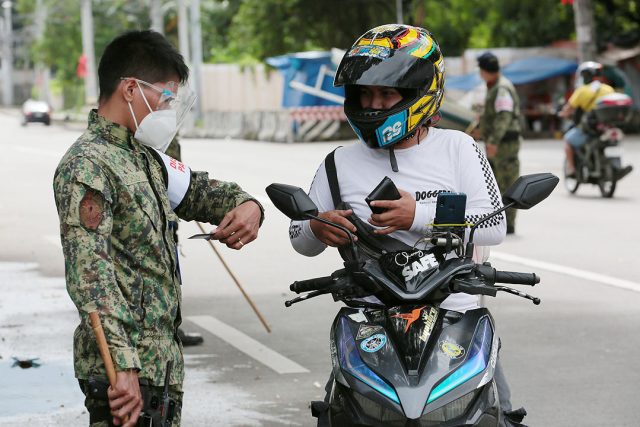Trading to be volatile as cases continue to climb
LOCAL stocks are seen to be volatile this week amid rising cases of the coronavirus disease 2019 (COVID-19).
The 30-member Philippine Stocks Exchange index (PSEi) dropped 74.41 points or 1.05% to close at 7,011.11 on Friday, while the broader all shares index fell 31.97 points or 0.84% to 3,745.61.
Week on week, the index fell 111.52 points from its 7,122.63 close on Dec. 31.
“The year opened with muted trades as uncertainties loom over swiftly rising of COVID-19 in the country,” online brokerage 2TradeASia.com said in an e-mail sent over the weekend.
For this week, 2TradeAsia.com said inflation data released last week could help boost the index.
“The December 2020 inflation figure can offer some near-term relief, although we caution that Typhoon Odette’s impact may have not been fully baked in yet, plus there will be some seasonality factors as we approach the summer and election months,” the online brokerage said.
Inflation in December eased to its lowest in 12 months, due to the slower increase in the prices of food and transport, but the full-year inflation still exceeded the central bank’s 2-4% target band.
Preliminary data from the Philippine Statistics Authority showed headline inflation slowed to 3.6% in December from 4.2% in November.
December’s inflation print was the slowest reading in 12 months or since the 3.5% reading in December 2020.
This brought the full-year inflation average to 4.5%, higher than the 2.6% recorded in 2020. This was the highest print in three years or since the 5.2% logged in 2018.
It also breached the central bank’s 2-4% target band as well as the revised 4.4% forecast for the year.
Meanwhile, Rizal Commercial Banking Corp. Chief Economist Michael L. Ricafort said the country’s coronavirus situation will continue to affect the market in the coming week.
“Market will continue to be volatile as infection rates rise with the big possibility of increasing the level of restrictions to other areas including the National Capital Region,” Diversified Securities, Inc. Equity Trade Aniceto K. Pangan said in a text message over the weekend.
Daily infections climbed by 21,819 on Friday, based on data from the Department of Health. On Saturday, infections jumped by 26,458 to bring the active case tally to 102,017.
Metro Manila, Bulacan, Cavite, Rizal, as well as other cities and provinces across the country experiencing an infection spike are under the tighter Alert Level 3 until Jan. 15, Friday to curb the spread of the virus.
Mr. Pangan said the PSEi could range within 6,900 to 7,250 this week, while 2TradeAsia.com put immediate support at 6,950-7,000 and resistance at 7,200-7,300. — MCL

